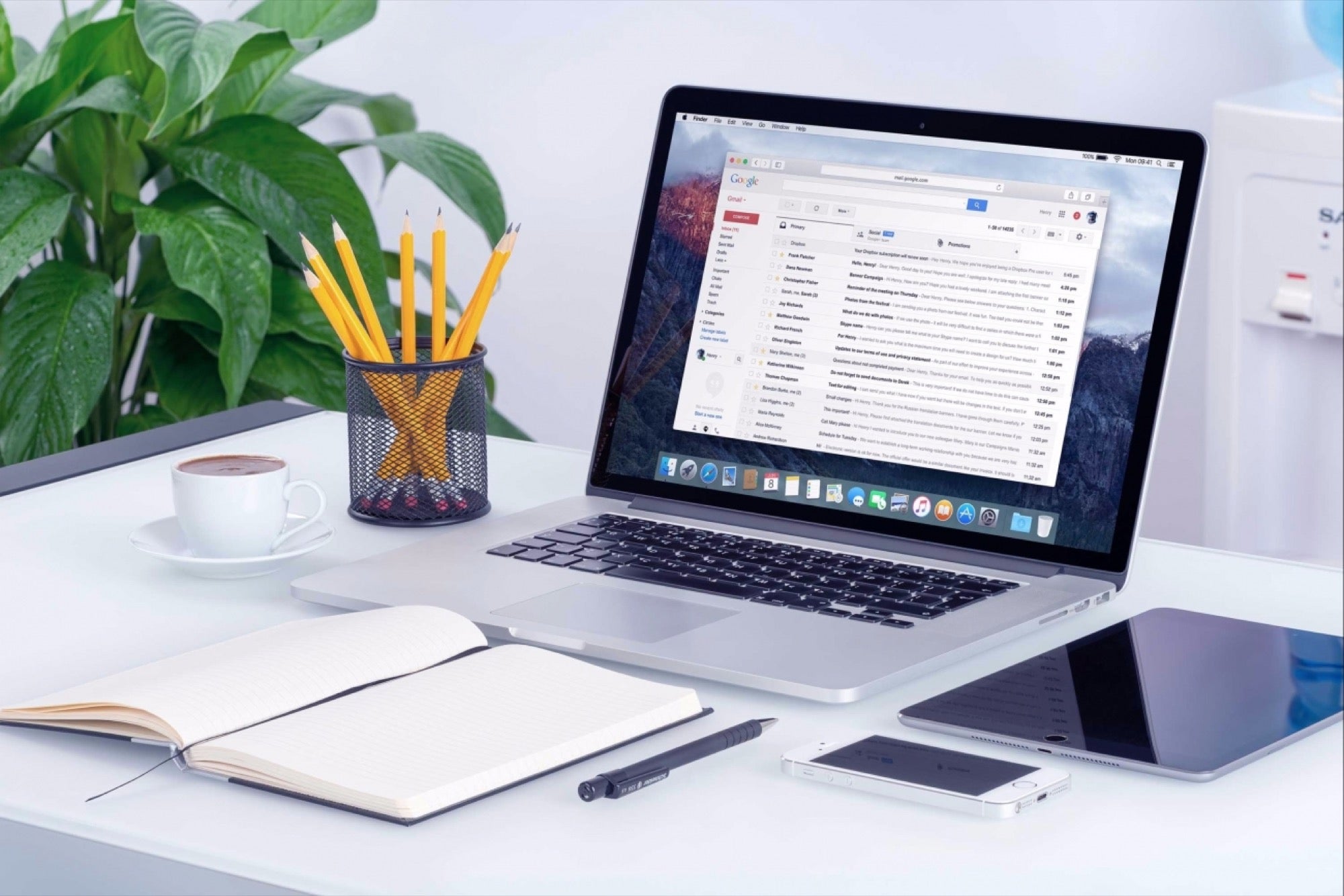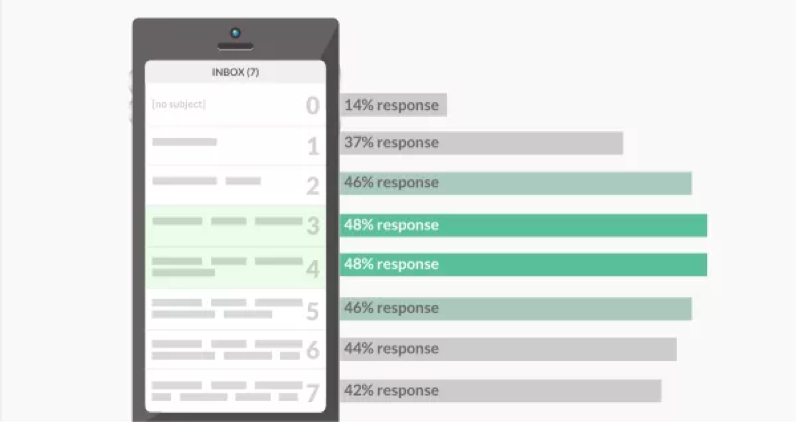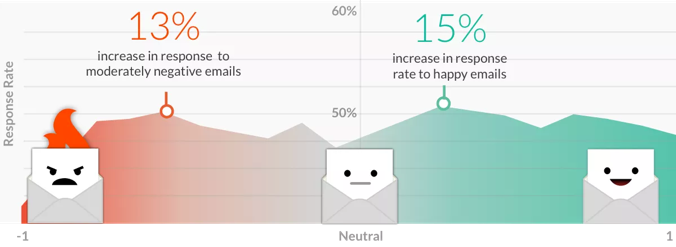Get in Line: 5 Data-Backed Email Tips for More Responses Make your emails more effective by following these five guidelines.
By Brendan Greenley Edited by Dan Bova
Opinions expressed by Entrepreneur contributors are their own.

There are two types of blog posts that give tips and recommendations on how to send better emails: those with data and those without. I firmly believe that before you try to tell anyone how to do something better, that you need to have data that backs up your prescription. So here are five tips, all based on real-world data, on how you can get more responses to your emails!

1. Keep your subject lines short.
Everyone knows that mobile opens of emails have exploded over the past decade (some studies show they now make up a majority of all opens), but less people realize the consequences of this shift. One important consideration when writing emails is mobile screen real estate. Email apps have a lot less space to display a user's inbox, which means that long email subjects get cut off. Here's a real-world screenshot that shows how many senders use subjects that won't fully display on mobile.
Related: Alive and Kicking: Why Email Marketing Is Still a Huge Tool for Business
It's not just a hunch that long subjects hurt your emails either. The study found that response rates peaked when messages had subjects of three to four words, and declined steadily as subjects got longer. It's still necessary to paint a descriptive subject though (as blank subjects or single-word subjects fared poorly as well), but be succinct. A good rule of thumb is to make your subject short enough to display on mobile, and to complement it with the leading line of the email so it has a descriptive excerpt text (the first seven or so words of your email also display under the subject on most mobile email clients!)

2. Choose your words carefully.
You can optimize your subject beyond making it shorter. When applicable, use words that reflect urgency (e.g., "Urgent", "Time Sensitive") to increase the chance of action being taken. (Caveat Sender: if you overuse these words, people won't appreciate it, and you'll find yourself in the position of the boy who cried wolf: when your emails really are urgent, you won't get the point across.)
Boomerang's analysis of over five million emails found that certain words fostered getting a response (e.g., apply, opportunity, demo, connect, payments, conference, cancelation), while others hindered a reply (e.g., confirm, join, assistance, speaker, press, social, invite). eConsultancy showed that even emoji choice can affect open rates in both directions: a snowman yielded a 66 percent bump in open rate, while a pointed finger dropped open rate by 10 percent. Who knew?
Related: 7 Tricks to Write an Effective Cold Email
Every organization has a different audience and words may resonate differently among them, so there's no definitive list of words you should/should not use. However, these studies serve as an example that for every organization, some phrases and words are more effective at getting email responses or opens than others. Do A/B(/C/D/E) testing of different subjects in your mailing campaigns if you aren't already, and test hypotheses on which words work best.
3. Keep your word choice simple.
Don't be a sesquipedalianist. I'm as guilty as anyone else I know for dropping SAT vocab words into my daily lexicon (oops, just did it again.) But unfortunately for me and others reppin' Merriam-Webster, this isn't going to win you email responses -- in fact it'll only serve to your detriment. Are you smarter than a fifth grader? Well don't show it, because emails written at a third grade reading level get the most responses (53 percent response rate). Emails written at a collegiate level actually fared worst (39 percent response rate), so save the pedantics for academia.

One thing to note though: reading grade level is scored on more than just your vocabulary. Word syllable count and the length of your sentences are main components of this score. So if you must, go ahead and use fancy words. Just keep your sentences shorter. Like this one. Got it? Good.
4. Email with emotion. But not too much.
This one is easy: nobody likes an over-the-top suck up, nobody wants to reply to a belligerent email, and being a monotone robot is not much better for getting responses to your email. The data found that emails with mildly negative or a mildly positive sentiment (a measure of tone) yielded the best response rates. Excessively positive/flattery-saturated emails got less responses compared to moderately positive emails, and the same was true for excessively negative emails versus moderately negative emails.

Related: 7 Statistics That Prove Email Marketing Isn't Dead
You typically have to use a stand-alone program or script to measure message sentiment, as it's a bit more elusive than word count or reading level measures, which Microsoft Word handles easily. That said, there's no need for you to measure your sentiment programmatically or for us to prescribe a certain level of positivity or negativity. The big takeaway here is to play it cool. Laud people when they are laudable, complain when complaints are warranted, but don't go overboard.
5. Timing is everything -- schedule your emails.
One of the challenges of email is that people often respond to emails in a last one in, first one out (LIFO) fashion. For you non-techies/non-accountants, this basically means that people go through their email from top to bottom, replying to their most recent emails first. This makes the timing of your email important if you want to get a response.
The data showed that 6 a.m. to 7 a.m. (recipient's local time) is the ideal time to send an email, as a message sent then is about three times as likely to be read than a message sent at 4 p.m. This is because the message will be at the top of a user's inbox each morning when they first check their inbox, and will have little competition, since most people aren't writing emails this early in the morning.
We hope these five tips help you send more effective emails. Have your own tip? Disagree with us? Leave a comment below. (But remember, if you're too negative it might hurt your chances of getting a reply).









